Category Archives: MySql

To explain records use this command. Take out brackets and replace table with your table name. EXPLAIN SELECT * FROM [table]; Complete Cheat Sheet https://gist.github.com/hofmannsven/9164408

To select record in terminal for mysql use this command. Change the value of table and take out the brackets. SELECT * FROM [table]; Complete Cheat Sheet https://gist.github.com/hofmannsven/9164408
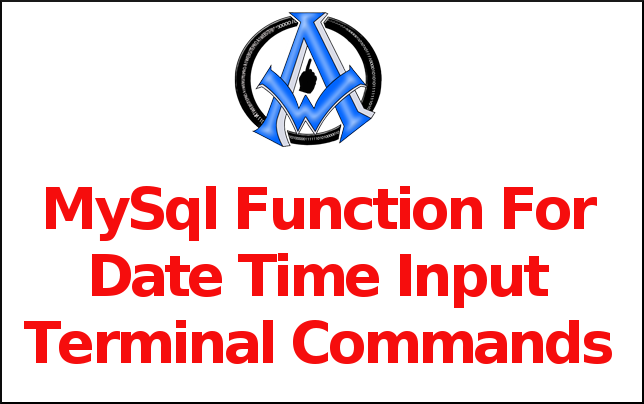
For date time input use this function. NOW() Complete Cheat Sheet https://gist.github.com/hofmannsven/9164408
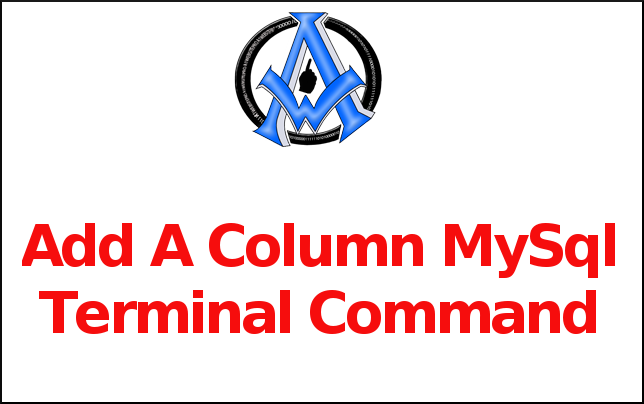
If you’re working with a MySQL database, you may find that you need to add a new column to a table. Fortunately, adding a column to a MySQL table is a straightforward process that we will do using the MySQL terminal command. Here’s how: Open the MySQL terminal First, open the MySQL terminal and connect Read More
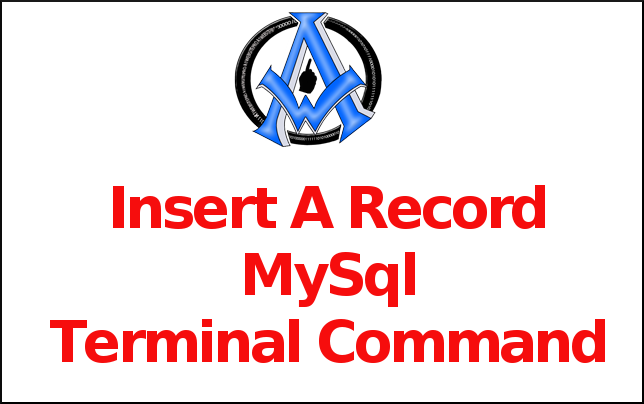
To insert a record use this command in terminal. Customize the values. INSERT INTO [table] ([column], [column]) VALUES (‘[value]’, [value]’); Complete Cheat Sheet https://gist.github.com/hofmannsven/9164408
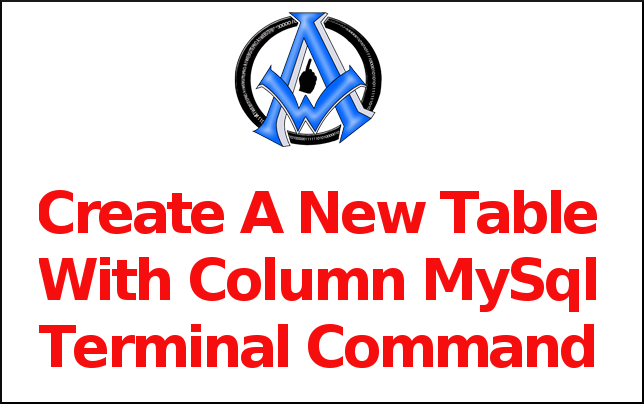
To create a new table with columns use this command. CREATE TABLE [table] ([column] VARCHAR(120), [another-column] DATETIME); Complete Cheat Sheet https://gist.github.com/hofmannsven/9164408
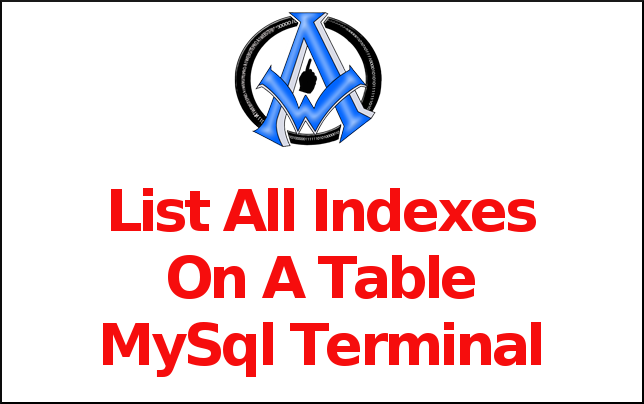
To see all indexes on a table enter this code. show index from [table]; Complete Cheat Sheet https://gist.github.com/hofmannsven/9164408
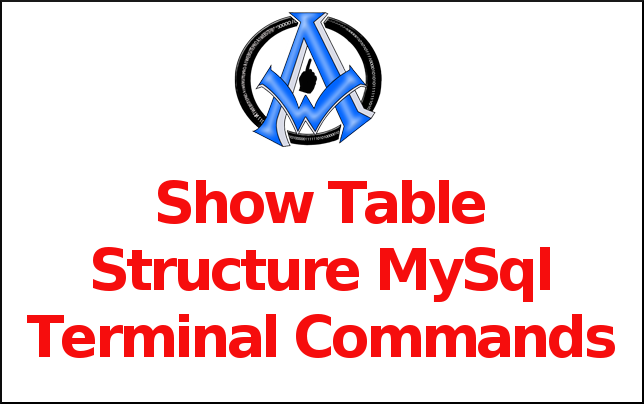
To show the table structure in terminal use this code. describe [table]; Complete Cheat Sheet https://gist.github.com/hofmannsven/9164408
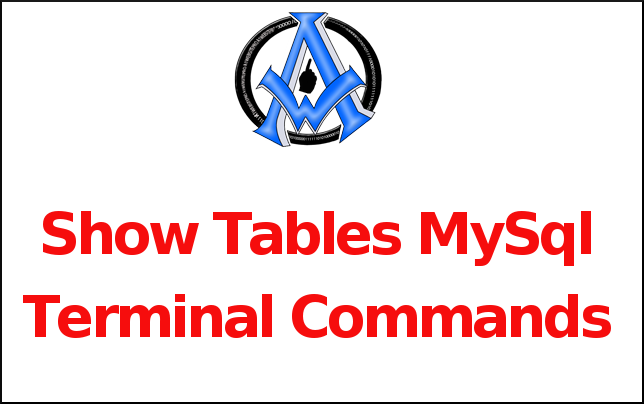
If you want to see the tables in the database use this command. show tables; Complete Cheat Sheet https://gist.github.com/hofmannsven/9164408
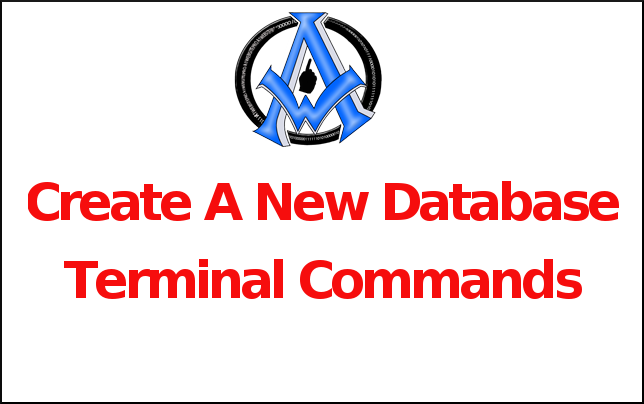
If you want to create a new database in terminal enter the following command. create database [database]; Complete Cheat Sheet https://gist.github.com/hofmannsven/9164408
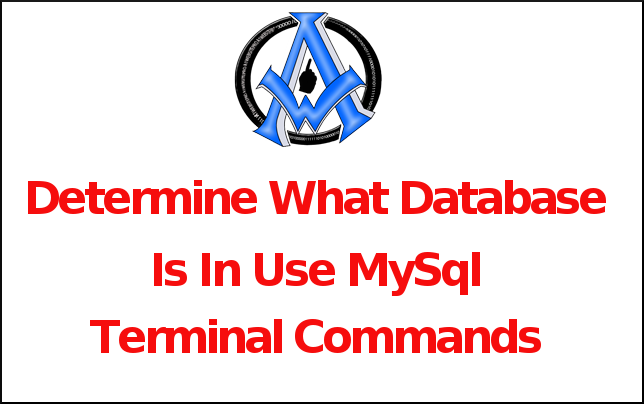
If you want to know what database that you are in you can use this terminal command. select database(); Complete Cheat Sheet https://gist.github.com/hofmannsven/9164408

You can select a database to work with by entering the following command in terminal. use [database]; Complete Cheat Sheet https://gist.github.com/hofmannsven/9164408
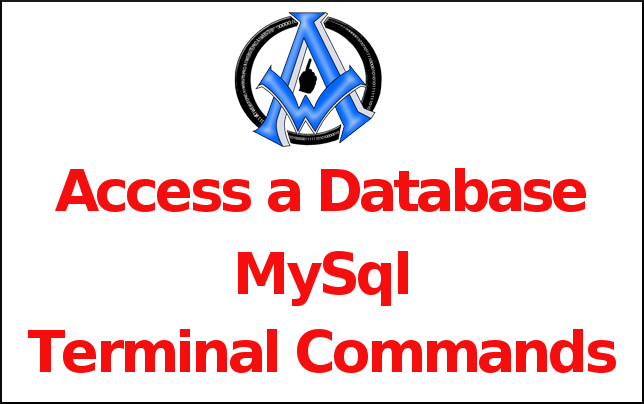
If you’re a developer working with databases, you’re probably familiar with MySQL – an open-source relational database management system. While there are many ways to access a MySQL database, one of the most straightforward methods is through the MySQL terminal command. To access a MySQL database through the terminal, follow these simple steps: Open your Read More
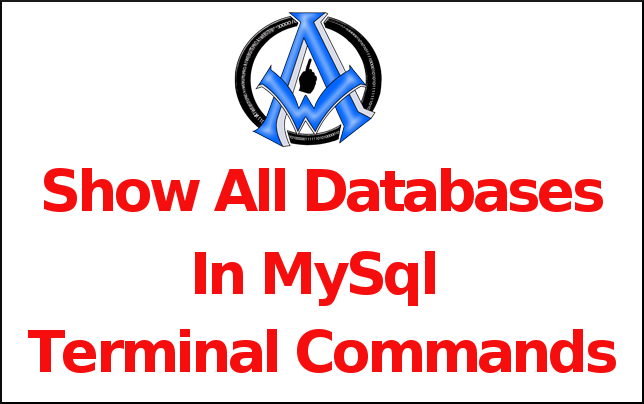
In order to show all databases in your terminal enter the following code. show databases; Complete Cheat Sheet https://gist.github.com/hofmannsven/9164408
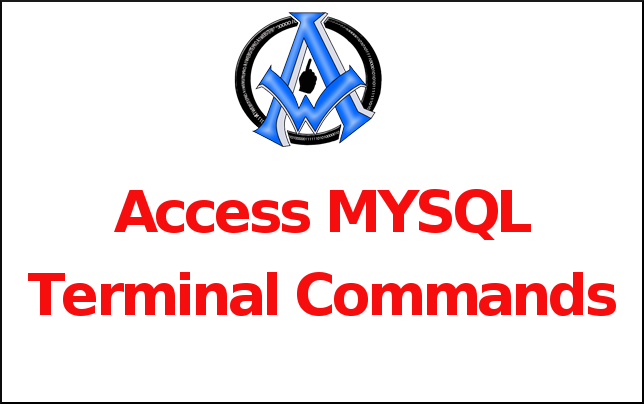
In order to access your the mysql part in your terminal you will enter something like this. Access monitor: mysql -u [username] -p; (will prompt for password) This will get you logged into the mysql part in your terminal. Complete Cheat Sheet https://gist.github.com/hofmannsven/9164408
A1WEBSITEPRO Social Media Pages
Here are my social media pages, lets hook up!